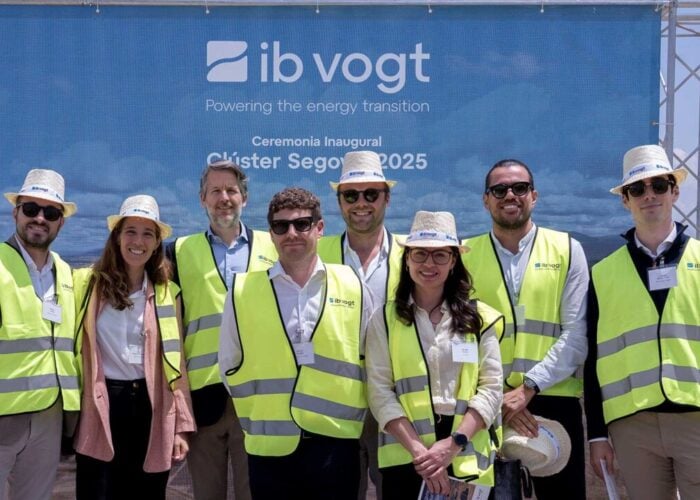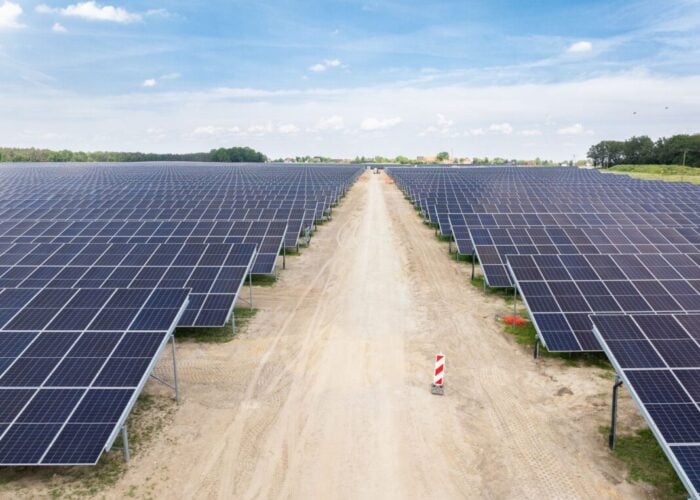According to a report published by Frost & Sullivan, the solar PV markets in both urban and rural areas in Australia and New Zealand (ANZ) are steadily expanding due to volatile oil prices and strong governmental commitments.
Suchitra Sriram, program manager of Frost & Sullivan, says that market trends indicate burgeoning demand owing to strong governmental commitment to the promotion of solar energy and creation of sustainable cities and increasing commitment from the local government means that solar PV systems for rural electrification projects are likely to be driven by active participation of non-governmental organizations, availability of funds from international financial agencies, and the involvement of local communities.
Unlock unlimited access for 12 whole months of distinctive global analysis
Photovoltaics International is now included.
- Regular insight and analysis of the industry’s biggest developments
- In-depth interviews with the industry’s leading figures
- Unlimited digital access to the PV Tech Power journal catalogue
- Unlimited digital access to the Photovoltaics International journal catalogue
- Access to more than 1,000 technical papers
- Discounts on Solar Media’s portfolio of events, in-person and virtual
ANZ solar PV systems market earned revenues of US$198.2 million in 2009 and is estimated to reach US$827.8 million by 2016. “Growing environmental consciousness and the urgent need to act against soaring carbon emission levels have forced governments to put forth policies and programs that address this mounting challenge,” says Sriram. As a result, the introduction of the solar cities program, solar credits program, solar flagships programs and the introduction of state-specific feed-in tariff initiatives encompassing solar PV technologies have rapidly encouraged adoption as well as attracted new entrants into the ANZ region.
“The introduction of feed-in tariff is expected to be a big stimulant for on-grid solar PV system installations for both distributed and centralized solar power plants”, continues Sriram. “State-wise solar PV targets too have led to increasing demand for solar PV systems. In many remote locations, solar PV systems are largely promoted along with diesel fired generator sets to satisfy on-site power needs of small communities.”
However, the ANZ region’s strong reliance on coal is a current inhibitor to the growth of solar PV uptake. “In several cases, adoption of expensive solar PV systems becomes only a secondary option as there are several other low-cost distributed power generation technologies that satisfy the on-site power requirements of the end users.”
Solar PV systems market growth is expected to continue to rely on government support until the price reaches grid parity. This includes the government’s introduction of a uniform gross FiT scheme at a national level.
“In few Australian states and in New Zealand, aggressive measures need to be adopted to increase the overall awareness levels about the long-term benefits of solar PV power systems,” concludes Sriram.







